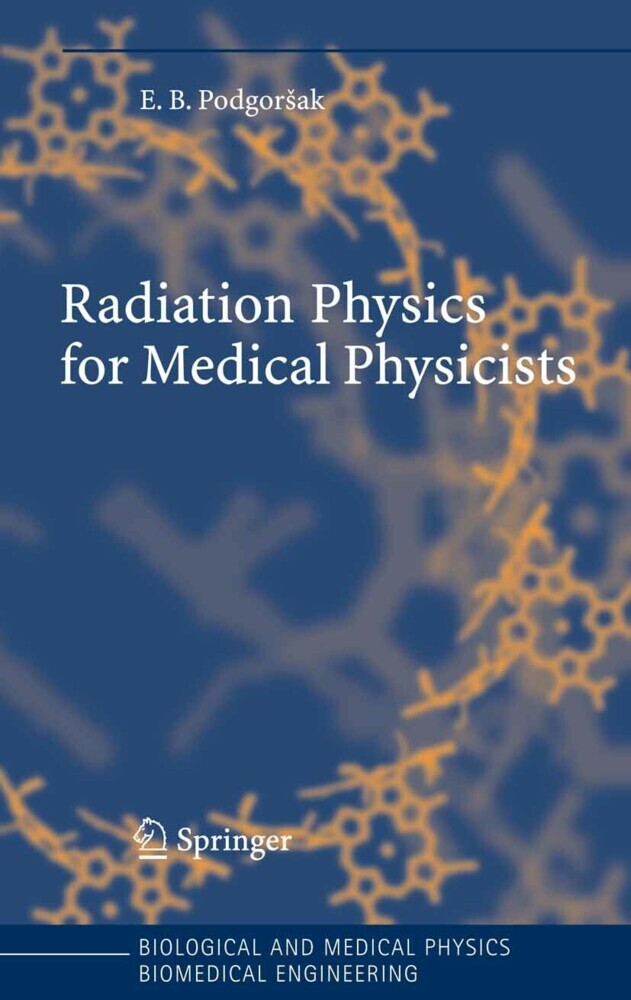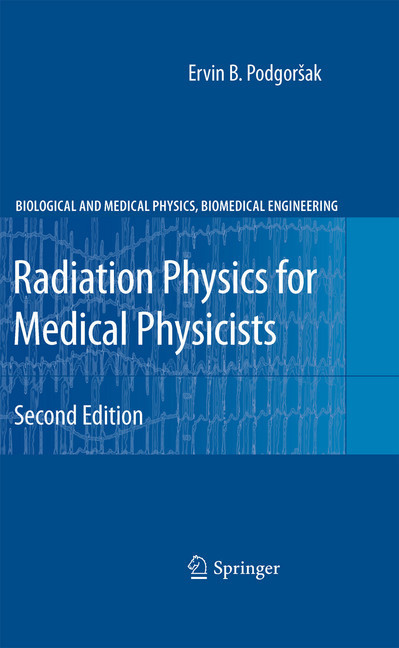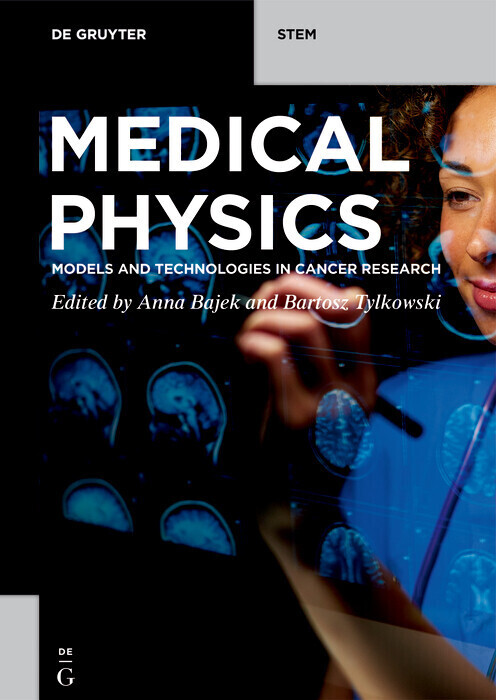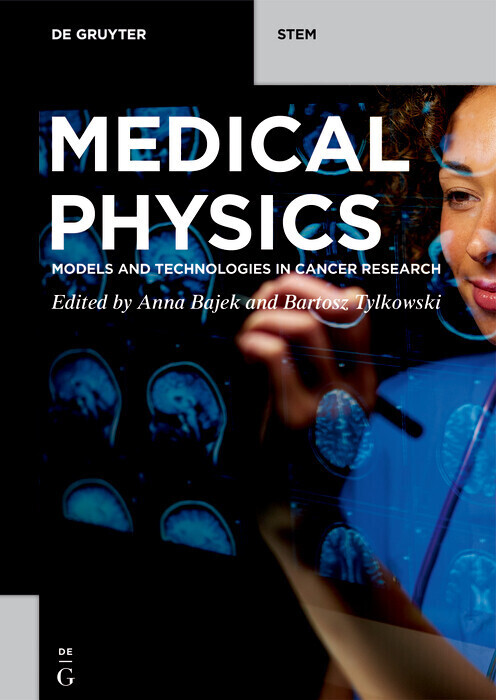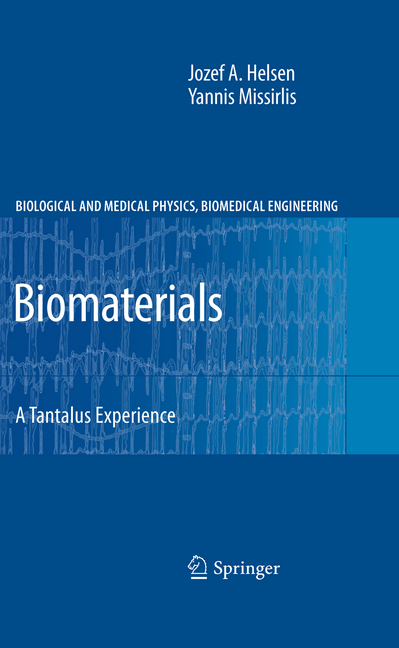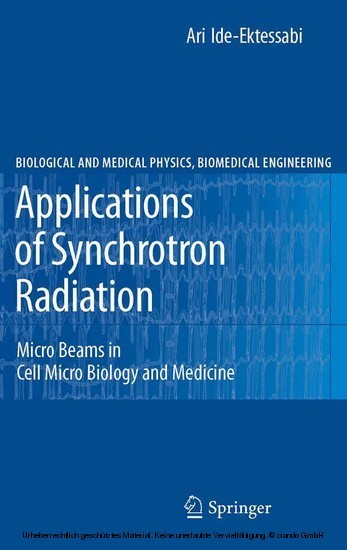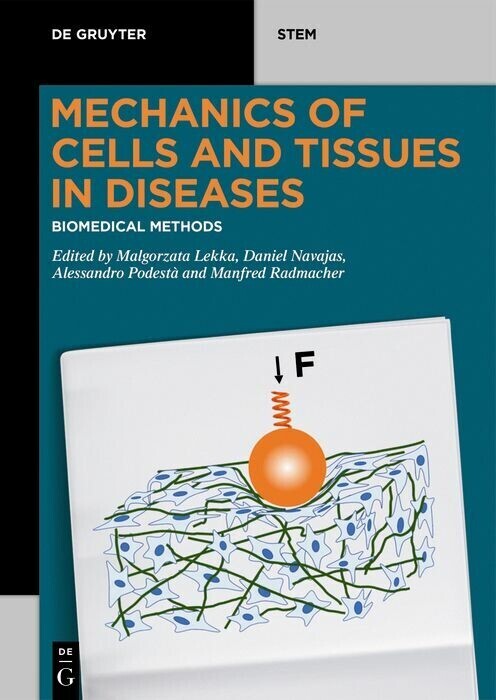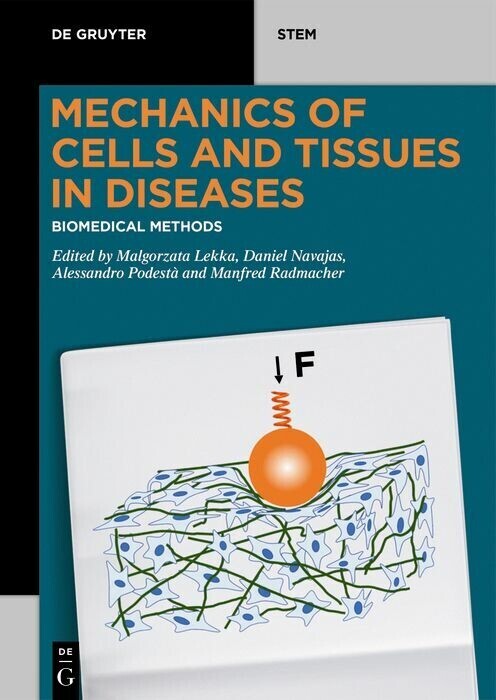Radiation Physics for Medical Physicists
This book is intended as a textbook for a course in radiation physics in a- demic medical physics graduate programs. The book may also be of interest to the large number of professionals, not only physicists, who in their daily occupations deal with various aspects of medical physics and have a need to improve their understanding of radiation physics. Medical physics is a rapidly growing specialty of physics, concerned with the application of physics to medicine mainly, but not exclusively, in the - plication of ionizing radiation to diagnosis and treatment of human disease. In contrast to other physics specialties, such as nuclear physics, solid-state physics, and high-energy physics, studies of modern medical physics attract a much broader base of professionals including graduate students in me- cal physics, medical residents and technology students in radiation oncology and diagnostic imaging, students in biomedical engineering, and students in radiationsafetyandradiationdosimetryeducationalprograms.Theseprof- sionals have diverse background knowledge of physics and mathematics, but they all have a common desire to improve their knowledge of the physics that underlies the application of ionizing radiation in diagnosis and treatment of disease.
Ervin B. Podgorsak was born in Vienna, Austria and grew up in Ljubljana, Slovenia where he completed his undergraduate studies in technical physics at the University of Ljubljana in 1968. He then studied at the University of Wisconsin in Madison, Wisconsin, USA and obtained M.Sc. and Ph.D. degrees in physics. He completed his post-doctoral studies in medical physics at the University of Toronto in 1974 and moved to McGill University in Montreal, where he currently holds positions of Professor of Medical Physics and Director of the Medical Physics department.
Ervin B. Podgorsak was born in Vienna, Austria and grew up in Ljubljana, Slovenia where he completed his undergraduate studies in technical physics at the University of Ljubljana in 1968. He then studied at the University of Wisconsin in Madison, Wisconsin, USA and obtained M.Sc. and Ph.D. degrees in physics. He completed his post-doctoral studies in medical physics at the University of Toronto in 1974 and moved to McGill University in Montreal, where he currently holds positions of Professor of Medical Physics and Director of the Medical Physics department.
1;Preface;7 2;Medical Physics: A Specialty and Profession;9 2.1;Current Status;9 2.2;Brief History;9 2.3;Educational Requirements;10 2.4;Accreditation of Medical Physics Educational Programs;11 2.5;Certi.cation;12 2.6;Appointments and Areas of Activities;12 2.7;Career in Medical Physics;12 3;Contents;13 4;1 Introduction to Modern Physics;23 4.1;1.1 Fundamental Physical Constants;24 4.2;1.2 Derived Physical Constants and Relationships;25 4.3;1.3 Milestones in Modern Physics and Medical Physics;26 4.4;1.4 Physical Quantities and Units;27 4.5;1.5 Classification of Forces in Nature;28 4.6;1.6 Classification of Fundamental Particles;28 4.7;1.7 Classification of Radiation;29 4.8;1.8 Types and Sources of Directly Ionizing Radiation;30 4.8.1;1.8.1 Electrons;30 4.8.2;1.8.2 Positrons;30 4.8.3;1.8.3 Heavy Charged Particles;30 4.8.4;1.8.4 Heavier Charged Particles;31 4.8.5;1.8.5 Pions;31 4.9;1.9 Classification of Indirectly Ionizing Photon Radiation;31 4.10;1.10 Radiation Quantities and Units;31 4.11;1.11 Dose in Water for Various Radiation Beams;32 4.11.1;1.11.1 Dose Distributions for Photon Beams;33 4.11.2;1.11.2 Dose Distributions for Neutron Beams;35 4.11.3;1.11.3 Dose Distributions for Electron Beams;35 4.11.4;1.11.4 Dose Distributions for Heavy Charged Particle Beams;36 4.12;1.12 Basic Definitions for Atomic Structure;36 4.13;1.13 Basic Definitions for Nuclear Structure;37 4.14;1.14 Nuclear Binding Energies;38 4.15;1.15 Nuclear Models;40 4.15.1;1.15.1 Liquid-Drop Nuclear Model;40 4.15.2;1.15.2 Shell Structure Nuclear Model;42 4.16;1.16 Physics of Small Dimensions and Large Velocities;42 4.17;1.17 Planck's Energy Quantization;43 4.18;1.18 Quantization of Electromagnetic Radiation;44 4.19;1.19 Einstein's Special Theory of Relativity;45 4.20;1.20 Important Relativistic Relationships;46 4.20.1;1.20.1 Relativistic Mass;47 4.20.2;1.20.2 Relativistic Force;47 4.20.3;and Relativistic Acceleration;47 4.20.4;1.20.3 Relativistic Kinetic Energy;49 4.20.5;1.20.4 Total Relativistic;50 4.20.6;as a Function of Momentum;50 4.20.7;1.20.5 Taylor Expansion for Relativistic Kinetic Energy and Momentum;51 4.20.8;1.20.6 Relativistic Doppler Shift;51 4.21;1.21 Particle-Wave Duality: Davisson - Germer Experiment;52 4.22;1.22 Matter Waves;53 4.22.1;1.22.1 Introduction to Wave Mechanics;54 4.22.2;1.22.2 Quantum-Mechanical Wave Equation;55 4.22.3;1.22.3 Time-Independent Schrödinger Equation;57 4.22.4;1.22.4 Measurable Quantities and Operators;58 4.23;1.23 Uncertainty Principle;59 4.24;1.24 Complementarity Principle;60 4.25;1.25 Tunneling;61 4.25.1;1.25.1 Alpha Decay Tunneling;62 4.25.2;1.25.2 Field Emission Tunneling;62 4.26;1.26 Maxwell's Equations;62 4.26.1;Ernest Rutherford and Niels Bohr, Giants of Modern Physics;64 5;2 Rutherford-Bohr Atomic Model;65 5.1;2.1 Geiger-Marsden Experiment;66 5.1.1;2.1.1 Parameters of the Geiger-Marsden Experiment;66 5.1.2;2.1.2 Thomson's Atomic Model;68 5.2;2.2 Rutherford Atom and Rutherford Scattering;69 5.2.1;2.2.1 Rutherford Model of the Atom;70 5.2.2;2.2.2 Kinematics of Rutherford Scattering;70 5.2.3;Hyperbolic Trajectory;72 5.2.4;Hyperbola in Polar Coordinates;74 5.2.5;2.2.3 Differential Cross-Section for Rutherford Scattering;74 5.2.6;2.2.4 Minimum and Maximum Scattering Angles;75 5.2.7;2.2.5 Total Rutherford Scattering Cross-Section;76 5.2.8;2.2.6 Mean Square Scattering Angle for Single Rutherford Scattering;78 5.2.9;2.2.7 Mean Square Scattering Angle for Multiple Rutherford Scattering;80 5.3;2.3 Bohr Model of the Hydrogen Atom;81 5.3.1;2.3.1 Radius of the Bohr Atom;82 5.3.2;2.3.2 Velocity of the Bohr Electron;82 5.3.3;2.3.3 Total Energy of the Bohr Electron;83 5.3.4;2.3.4 Transition Frequency and Wave Number;85 5.3.5;2.3.5 Atomic Spectra of Hydrogen;85 5.3.6;2.3.6 Correction for Finite Mass of the Nucleus;86 5.3.7;2.3.7 Positronium;87 5.3.8;2.3.8 Muonic Atom;87 5.3.9;2.3.9 Quantum Numbers;87 5.3.10;2.3.10 Successes and Limitations of the Bohr Atomic Model;88 5.3.11;2.3.11 Correspondence Principle;88 5.4;2.4 Multi-elect
Podgorsak, Ervin B.
| ISBN | 9783540294719 |
|---|---|
| Artikelnummer | 9783540294719 |
| Medientyp | E-Book - PDF |
| Copyrightjahr | 2006 |
| Verlag | Springer-Verlag |
| Umfang | 438 Seiten |
| Sprache | Englisch |
| Kopierschutz | Digitales Wasserzeichen |

